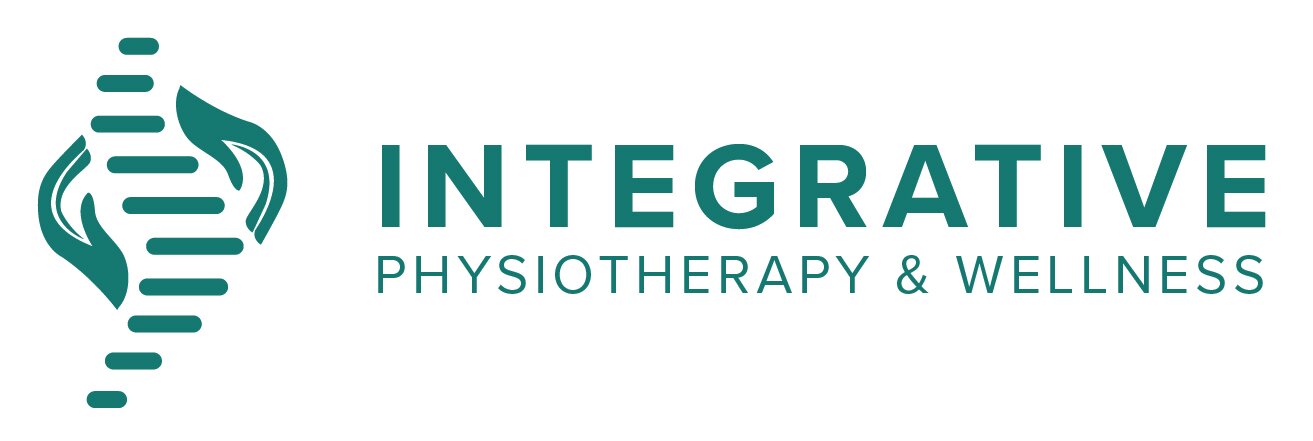Wrist Sprains vs Strains
Anyone can sprain or strain their hands, wrists, or elbows. Whether you've strained or sprained your wrist, it hurts either way. The pain may feel similar, but there’s a difference between a strain and a sprain. Both injuries can vary in degree of damage.
Both injuries are used interchangeably to signify damage to muscles and joints in various parts of the body, usually the wrist, ankle, hand, back, and leg. How do you know if it's a sprain or strain?
What’s a Wrist Sprain?
A wrist sprain is a common injury. This is where the ligaments in your wrist stretch or tear. Ligaments are bands of tissue that attach bones at a joint. Typically, the injury happens during a fall. Your wrist can suddenly twist or bend, causing damage to the ligaments. The result can be tiny tears in the ligament or even worse, a complete break to the ligament.
Wrist pain is usually caused by physical trauma to the wrist. This usually happens when you fall onto an outstretched hand. This happens often during sports that commonly involve falls such as basketball, gymnastics, mountain biking, skiing, snowboarding, and skateboarding. The injury can also be caused by overuse like in boxing or tennis.
Common symptoms of sprains
• bruising
• pain around the affected joint
• swelling
• limited flexibility
• difficulty using the joint’s full range of motion
Common symptoms of strains
• muscle spasm
• pain around the affected joint
• swelling
• limited flexibility
• difficulty using the joint’s full range of motion
The main difference is that with a sprain you may have bruising around the affected joint, whereas with a strain, you may have spasms in the affected muscle.
How Can Our Physiotherapy Help?
Our Physiotherapists perform a thorough assessment to determine what tissues are affected. Treatment is performed after the assessment is completed. Our focus is on soft tissue treatments for the surrounding muscles and tendons, which can become tight and painful during the healing phase. A variety of treatment options may be incorporated into your session including, manual therapy, dry needling, acupuncture, and joint mobilization.
Exercises are needed to regain movement, strength, and stability (proprioception) of your wrist. The exercises you do will depend on which ligament is damaged, as some muscles help certain ligaments while others put more strain on the ligament. These exercises need to be introduced carefully and gradually by our Registered Physiotherapists.
Integrative Physiotherapy, Empowering Patients with Personalized Care.
Integrative Physiotherapy is a Barrie-based clinic that believes in a one-on-one patient-centered, manual therapy (hands-on) approach to physiotherapy. We aim to empower our patients by providing quality care that is personalized to each patient in an interactive and friendly manner. Through the use of the best available treatment techniques, we aim to provide exceptional care so that each patient feels engaged and motivated.
Our therapists are continually upgrading their skills and taking time to provide comprehensive assessment and treatment techniques that are always one on one without the use of assistants or double booking patients to make sure that you achieve your functional and sports goals as soon as possible.
Our therapists would be happy to help you to achieve your goals, get in touch to schedule your appointment. Don’t let pain ruin your day!

